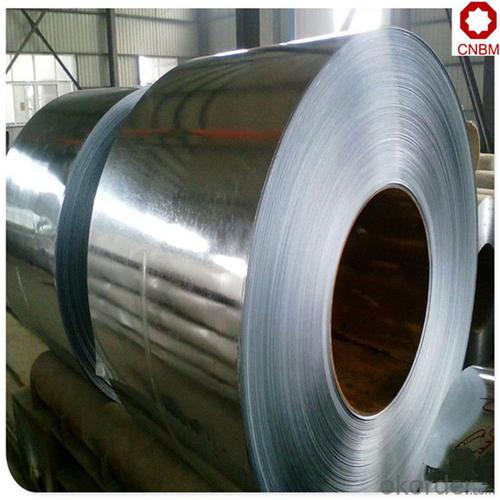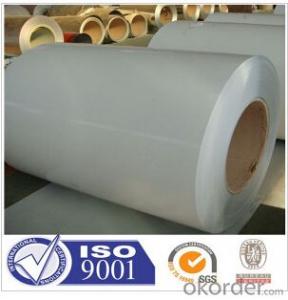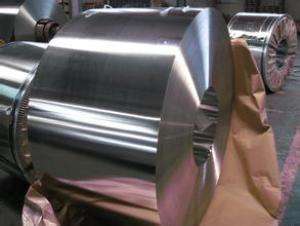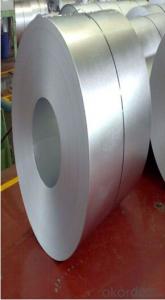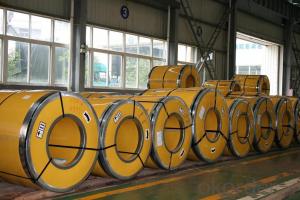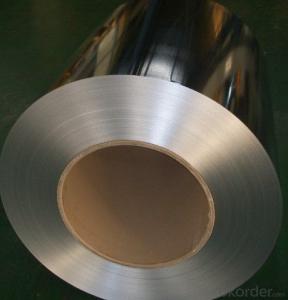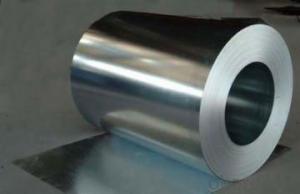Galvanised steel coil by hot dipped in good CS quaity
- Loading Port:
- China main port
- Payment Terms:
- TT OR LC
- Min Order Qty:
- 25 m.t.
- Supply Capability:
- 34467 m.t./month
OKorder Service Pledge
OKorder Financial Service
You Might Also Like
Specification
We are specialized in types of hot dipped galvanized, galvalume, prepainted steel products, corrugated steel sheet, etc.
Standard and Grade :
Hot-dip galvanized steel coils | ||||
ASTM A653M-06a | EN10327:2004/ 10326:2004 | JISG 3302-2010 | AS-NZS 4534-2006 | |
Commercial quality | CS | DX51D+Z | SGCC | G1+Z |
Structure steel | SS GRADE 230 | S220GD+Z | SGC340 | G250+Z |
SS GRADE 255 | S250GD+Z | SGC400 | G330+Z | |
SS GRADE 275 | S280GD+Z | SGC440 | G350+Z | |
SS GRADE 340 | S320GD+Z | SGC490 | G450+Z | |
SS GRADE550 | S350GD+Z | SGC570 | G550+Z | |
S550GD+Z | G550+Z | |||
Technology test results:
Processability | Yield strength | Tensile strength | Elongation % | 180°cold-bending |
Common PV | - | 270-500 | - | d=0,intact,no zinc removal |
Mechanical interlocking JY | - | 270-500 | - | d=0,intact,no zinc removal |
Structure JG | >=240 | >=370 | >=18 | d=0,intact,no zinc removal |
Deep drawn SC | - | 270-380 | >=30 | d=0,intact,no zinc removal |
EDDQ SC | - | 270-380 | >=30 | d=0,intact,no zinc removal |

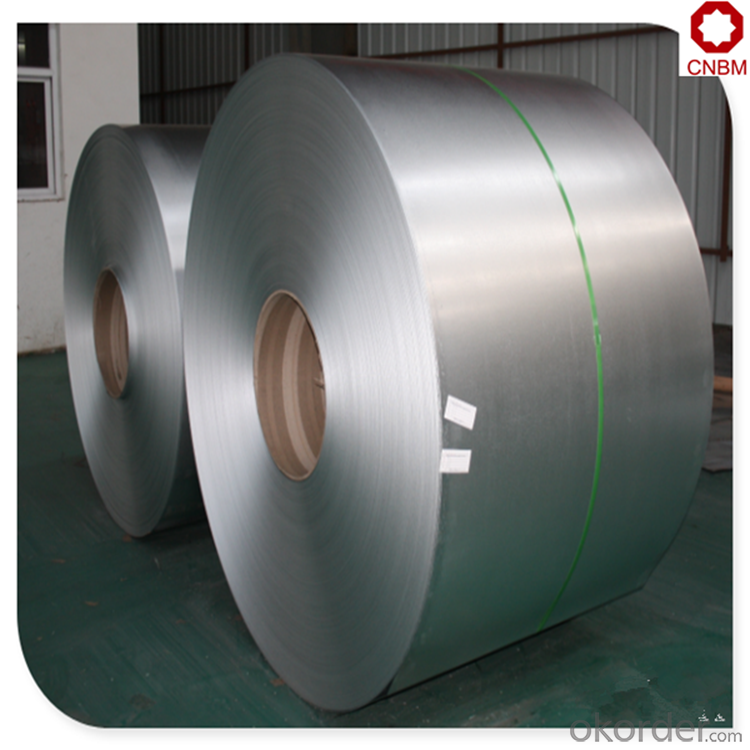
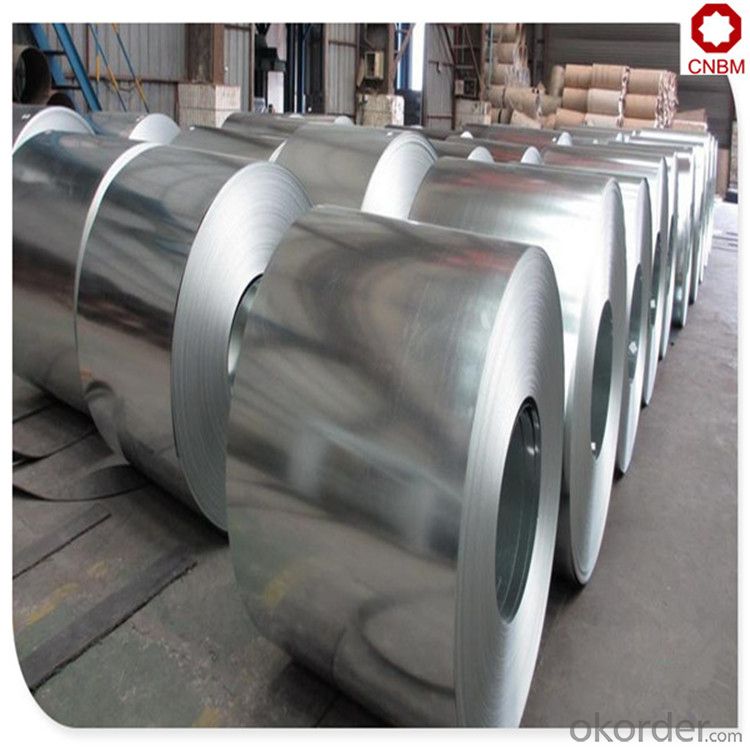
FAQ
Q: How do you guarantee the quality of your product?
A: Every process will be checked by responsible QC which insures every product's quality.
Q: How much is your delivery time?
A: Normally within 30 days of receipt of LC original or prepayment, but mostly according to the specific requirements or the quantity
Q: I need sample, could you support?
A: We can supply you with the sample for free, but the delivery charges will be covered by our customers. For avoiding the misunderstanding, it is appreciated if you can provide the International Express Account for Freight Collect. Also you can have a visit to us, welcome to CNBM!
Certificate:
CNBM International is highly recognized by its business partners and clients all over the world and has obtained rapid development under the spirit of win-win. We will carry on the mutual beneficial, innovative and revolutionary trading structure as we did before, create value for our employees, share holders and clients and benefit the whole society in our future development

- Q: What are the different types of corrosion protection methods used for steel coils?
- There are several types of corrosion protection methods used for steel coils, including galvanization, painting, powder coating, and chemical treatments. Galvanization involves applying a layer of zinc to the steel surface to provide a barrier against corrosion. Painting and powder coating involve applying a protective layer of paint or powder to the steel, which acts as a barrier against moisture and other corrosive elements. Chemical treatments, such as phosphating or chromating, create a protective layer on the steel surface, preventing corrosion. These methods are used to ensure the longevity and durability of steel coils when exposed to harsh environmental conditions.
- Q: What are the different finishes available for steel coils?
- Steel coils are available in various finishes, each with its own unique characteristics and advantages. Some of the most commonly used finishes include the following: 1. Hot-dip galvanized: In this finish, the steel coil is immersed in molten zinc, creating a protective layer that prevents rust and corrosion. It offers excellent durability and long-term protection against harsh environmental conditions. 2. Electro-galvanized: Similar to hot-dip galvanizing, this finish involves using an electric current to apply a thin layer of zinc onto the steel coil. It provides good corrosion resistance and aesthetics, making it suitable for different applications. 3. Galvannealed: This finish combines the benefits of galvanizing and annealing processes. The steel coil is first galvanized and then annealed, resulting in a matte grey appearance with enhanced paint adhesion. Galvannealed finishes are commonly used in the automotive and appliance industries. 4. Pre-painted: Also known as coil coating, this finish includes applying a layer of paint onto the steel coil before it is formed into its final product. Pre-painted finishes offer a wide range of colors, textures, and gloss levels, allowing for customization and improved aesthetics. 5. Stainless steel: Steel coils can also be finished with a layer of stainless steel, which provides excellent resistance to corrosion, heat, and chemicals. Stainless steel finishes are often used in applications that require hygiene, durability, and a high-quality appearance, such as in the food and beverage industry. 6. Cold-rolled: To achieve this finish, the steel coil is passed through a series of rollers at room temperature, resulting in a smooth and polished surface. Cold-rolled finishes offer improved dimensional accuracy, surface quality, and flatness, making them suitable for applications that require tight tolerances and a refined appearance. 7. Metallic coated: In this finish, a layer of metallic coating, such as aluminum or zinc-aluminum alloy, is applied to the steel coil. Metallic coated finishes provide excellent corrosion resistance, lightweight properties, and aesthetic versatility. The choice of finish for steel coils depends on specific application requirements, considering factors such as corrosion resistance, aesthetics, durability, and cost-effectiveness. It is important to consult industry experts and manufacturers to determine the most suitable finish for a particular project.
- Q: I bought stainless steel appliances a year ago. I have two kids who like to put their hands all over the fridge and they always leave dirty marks all over it. I bought stainless steel cleaner but it doesn't do a good enough job. Anyone know any other cleaning remedies?
- Use stainless steel cleaner which you can get at hardware stores, Home Depot, and Lowes.
- Q: Describe and explain how the differences in the properties of the thee main types of steel allow them to be used in different ways. I have some chemistry homework due in for tomorrow (yes I know i left it a bit late but I really don't like chemistry) and I would love it if I could actually at least pretend to my teacher that I know what she's on about this lesson because honestly, I really don't know what she spends so long telling us all. Any help would be appreciated and points for the best answer!
- Hi, Three Main Types of Steel: 1. Carbon Steel Used in making axes, swords, scissors,cutting tools, vehicle frames. Depends on the % of carbon used how soft the steel will be. 2. Stainless Steel Used in the making of crockery, wrist watches, kitchen utensils, cutlery and surgical equipment. Contains different 11% chromium and some % of nickel. 3. Alloy Steel. Used in making drilling parts, vehicle airplane parts. Stainless steel is also alloy steel but, alloy steel with % of other metals is classified separately.
- Q: How are steel coils used in the automotive industry?
- Steel coils are used in the automotive industry to manufacture various components such as car bodies, frames, and structural parts. The coils are first processed by being uncoiled, flattened, and then cut into the required shapes. These steel components provide strength, durability, and rigidity to vehicles, ensuring safety and structural integrity.
- Q: Can steel coils be used in architectural applications?
- Yes, steel coils can be used in architectural applications. Steel coils are commonly used in the construction industry due to their strength, durability, and versatility. They can be shaped, formed, and fabricated into various architectural components such as roofs, walls, facades, and structural elements. Additionally, steel coils can be coated or painted to enhance their aesthetic appeal and protect them from corrosion, making them a popular choice in architectural designs.
- Q: What are the different types of steel coil cutting machines?
- There are several different types of steel coil cutting machines, including slitting machines, shearing machines, and laser cutting machines. Slitting machines are used to cut the steel coil into narrow strips, while shearing machines cut the coil into smaller, more precise lengths. Laser cutting machines use a high-powered laser beam to cut through the steel coil with extreme accuracy. Each type of machine has its own advantages and is suited for specific cutting requirements.
- Q: I remember my dad saying something about steel toed boots but I forgot =#92; I went and checked out all the stores and got a pair with good ankle support but they also have steel toes. Would this interfere with the shifter or anything? I figure if anything my dirt bike shoes have the steel toes too. Any opinion?
- I honestly don't like riding with heavy boots on my sport bikes. It it tough to get a feel for where neutral is, and there really isn't a ton of clearance between the peg and the shift lever. I prefer lighter, more flexible boots like my old desert combat boots. They are really well broken in and you can really feel what's going on. When I ride a bike with a heal-toe shift like my old Roadking, it doesn't matter nearly as much. You could probably shift pretty well wearing ski-boots. As long as they give you enough feel for the shift lever, any boots will probably be fine though.
- Q: How are steel coils used in the manufacturing of safety systems?
- Steel coils are commonly used in the manufacturing of safety systems as they provide strength, durability, and stability to various components. These coils are often transformed into springs, which are crucial for absorbing and distributing impact forces during accidents or sudden movements. Springs made from steel coils are utilized in seatbelt retractors, airbag systems, suspension systems, and other safety mechanisms to enhance overall safety and protect occupants in vehicles and various industrial applications.
- Q: (I'm not sure if steel is in fact a mineral)But I want to know if .. Last say topaz is stronger/harder then steel
- Sandpaper , quartz will wear a hole in alloy steel. Just rub it. The steel that is.
Send your message to us
Galvanised steel coil by hot dipped in good CS quaity
- Loading Port:
- China main port
- Payment Terms:
- TT OR LC
- Min Order Qty:
- 25 m.t.
- Supply Capability:
- 34467 m.t./month
OKorder Service Pledge
OKorder Financial Service
Similar products
Hot products
Hot Searches
Related keywords


